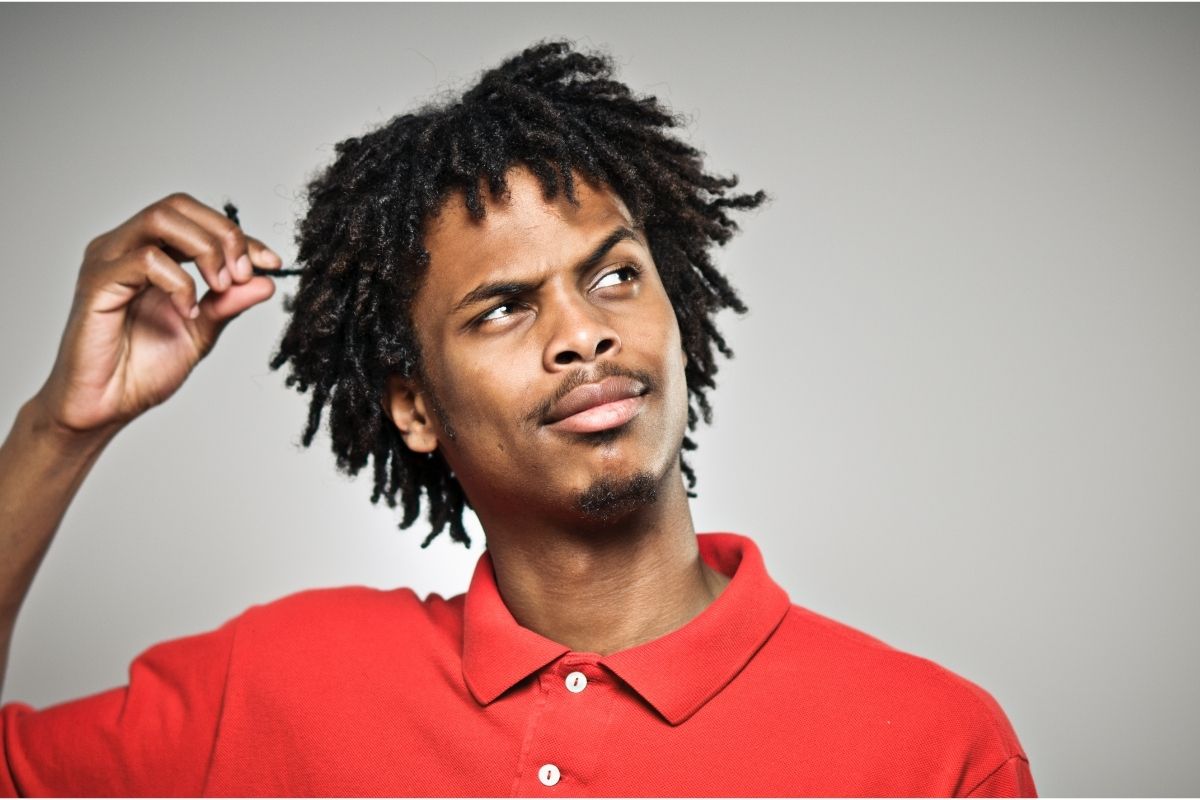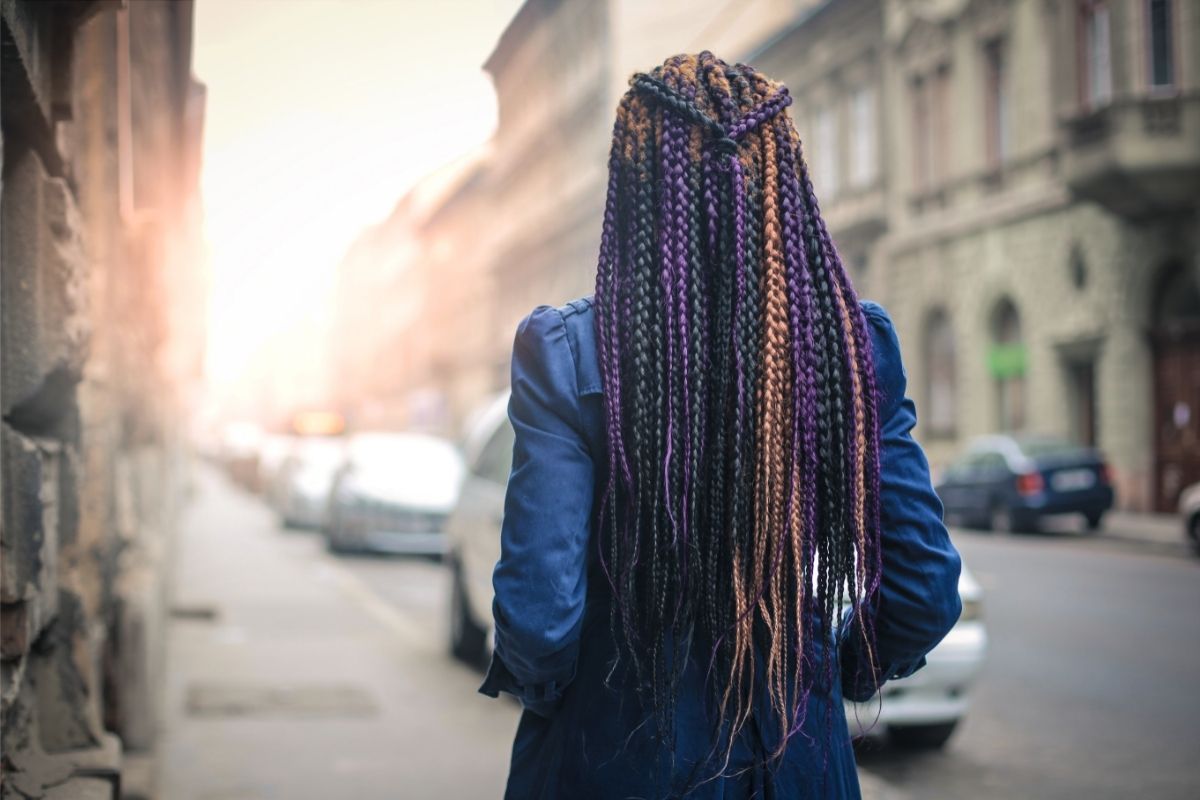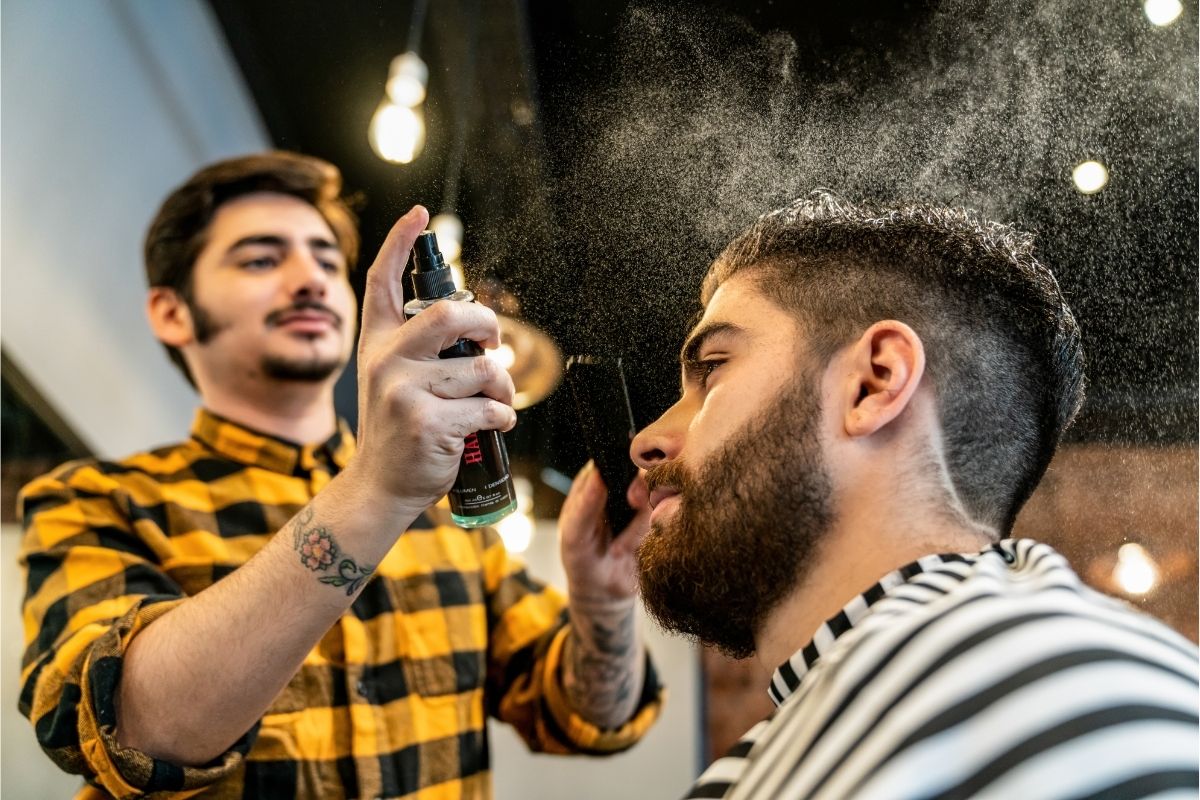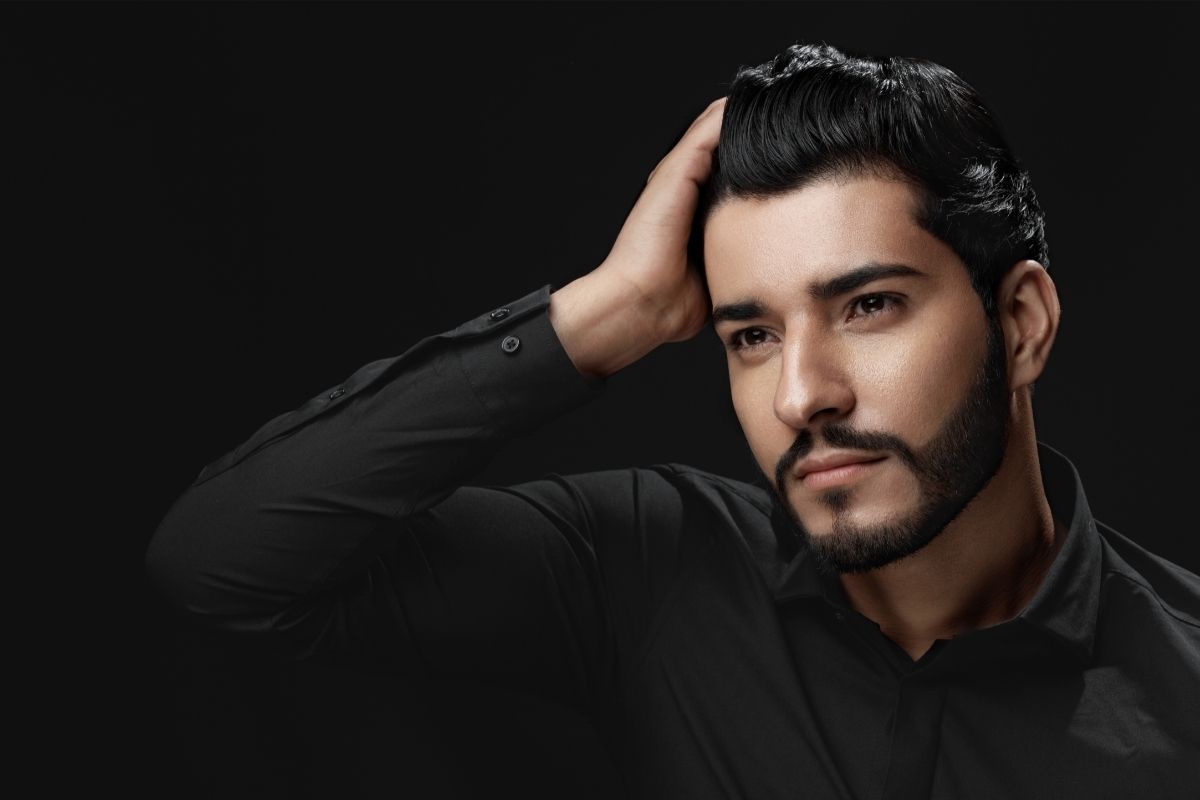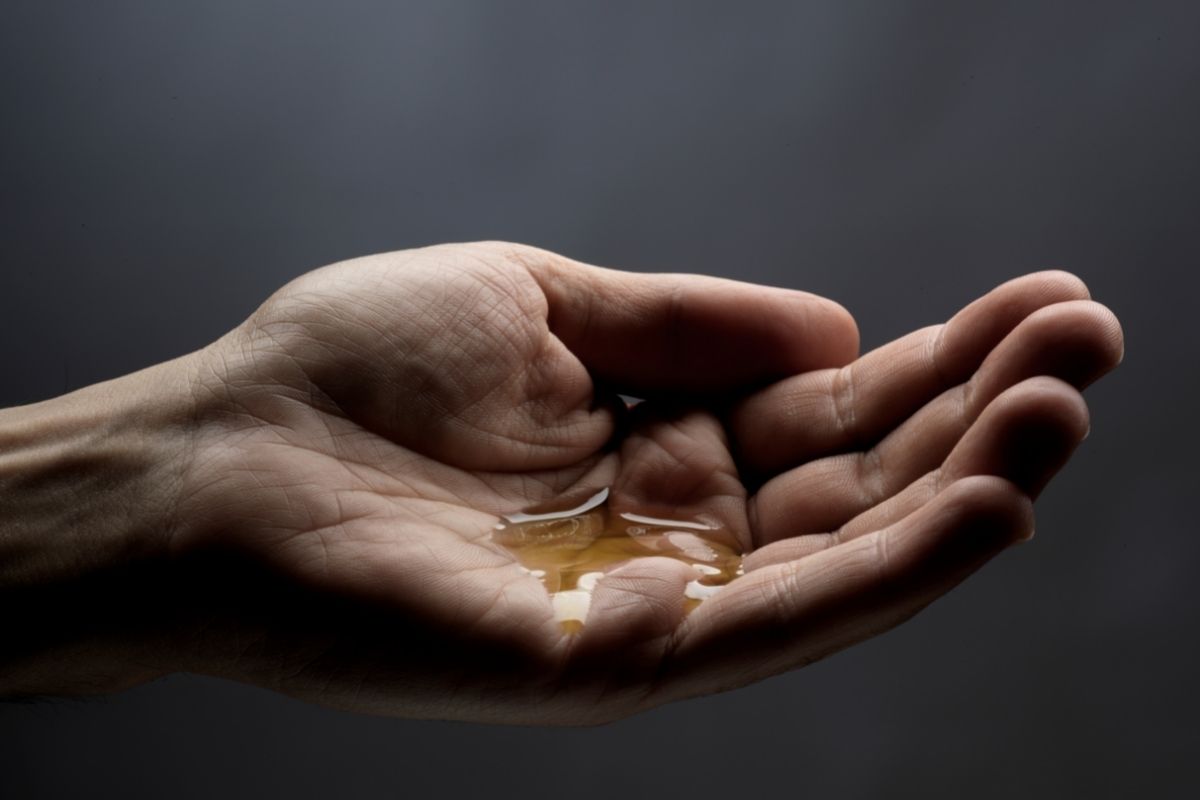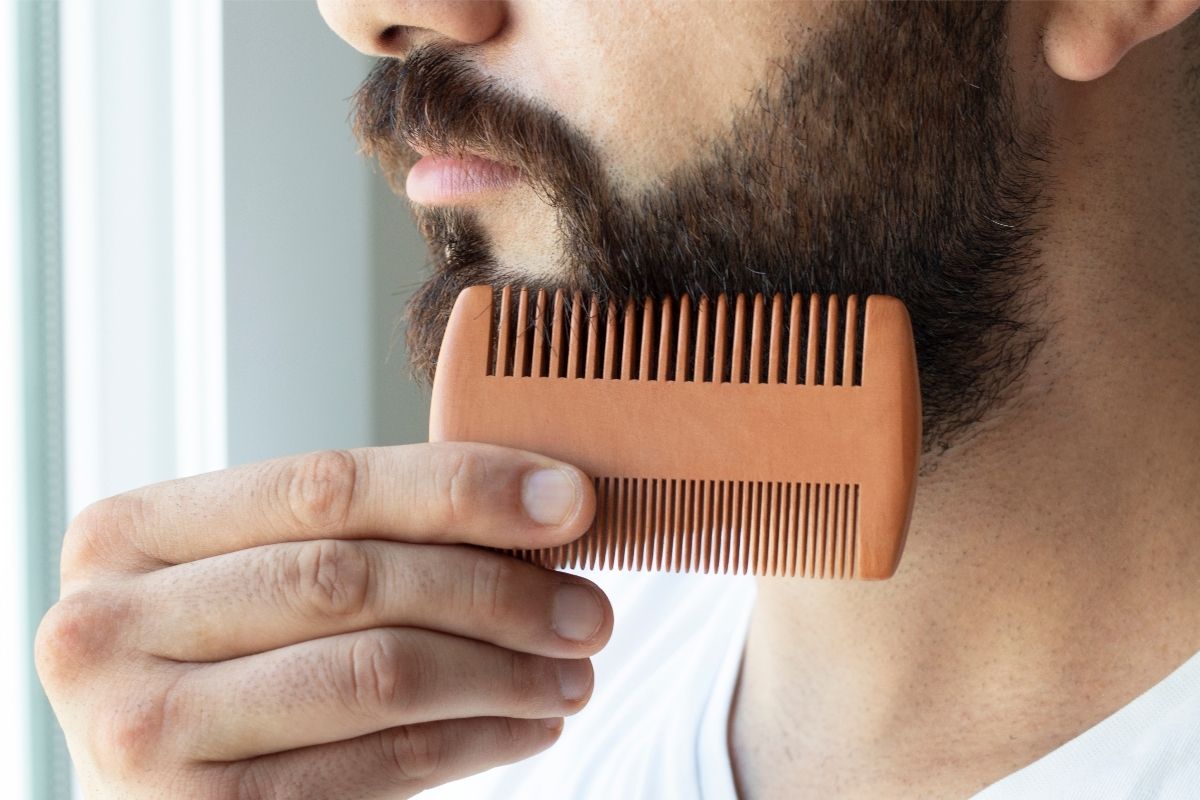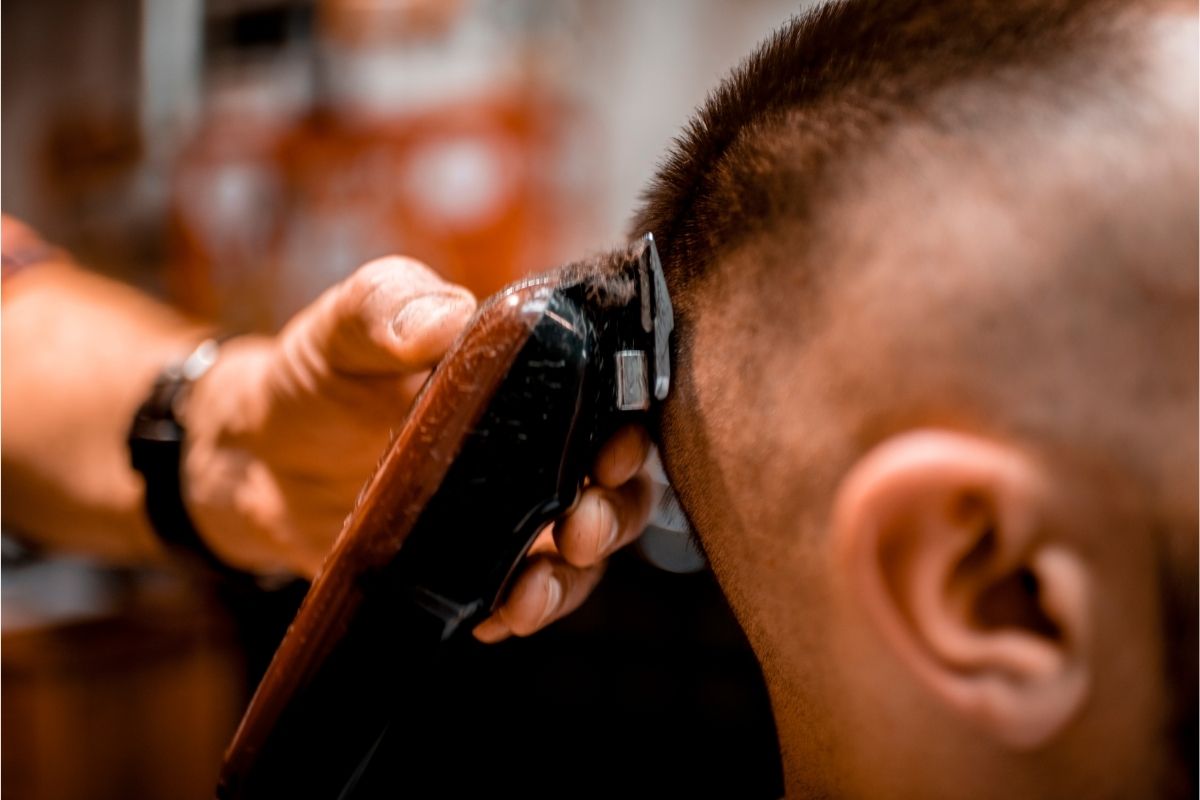Trends always come and go, and one of the styles that is currently on its way back is bleaching the tips of a man’s hair. Whilst you might think that it reminds you of the 90s and early 2000s, you will be pleased to know that it still looks just as good today.
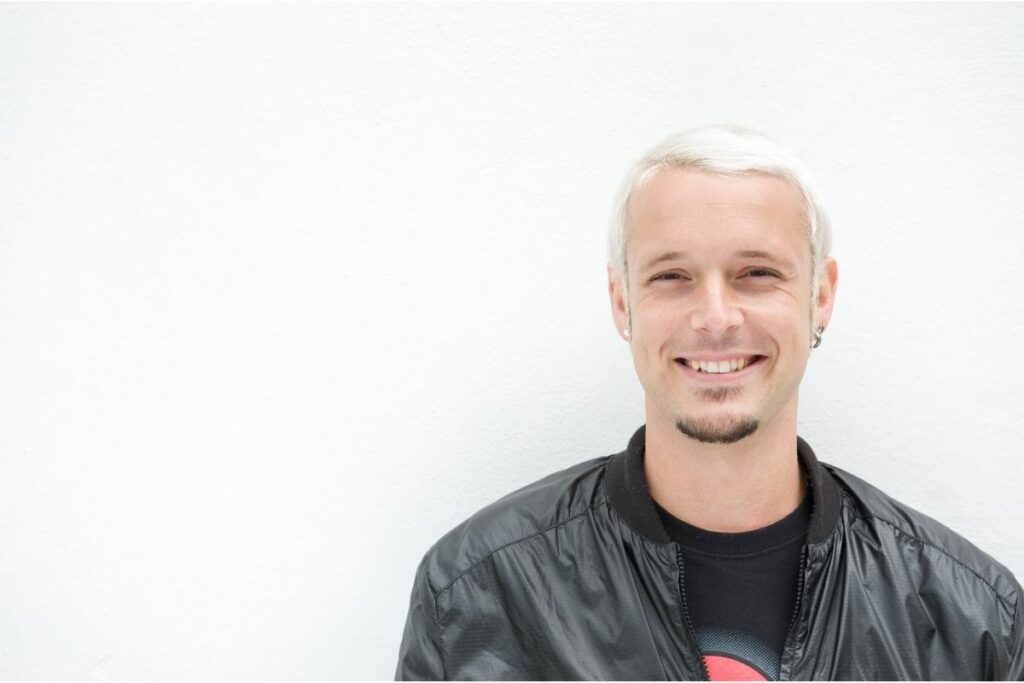
Bleached tips were a go-to for men a couple of decades ago, but it has gone full circle and has found its way back on the top of men’s heads. Whilst you might grimace at the thought of how it used to look, it has had an update since then.
Due to this, it looks oh-so much better. Whilst the new update certainly has inspiration from this 2000s look (think Justin Timberlake), it looks less boy band and more stylish. That is why it is now referred to as ‘frosted tips’, as it produces a much softer and better finish.
This means that instead of pronounced tips and short spiky hair (oh dear), the result is a graduation from dark to light – without the spikes! So yes, the trend is back but a lot more subtle and suitable for today’s times.
If this is something that interests you, then you have come to the right place. Let us take a look at what frosted tips are, finding the right shade, and how to do the process correctly.
What Are Frosted Tips On A Man’s Hair?
To put it simply, frosted tips are blonde highlights that are focused at the end of the hair on shorter styles. It is usually done by either a hair bleaching agent or a form of lighter. This dissolves the color pigment in the strand of hair to make it light colored.
Whilst bleach works on every color of hair, the final shade does depend on the original hair color. Black hair may produce an orange color with the first initial bleaching.
Once the original hair is bleached and lightened, hair dye of any color can be applied to either change its color, or achieve a particular shade.
Does Bleach Damage Hair?
In one word: yes. To bleach your hair in the first place, you will want to make sure that it is in a really healthy condition so it does not damage already damaged hair.
The bleach can seep out all the moisture from the hair, potentially leaving it quite brittle and even straw-like. This means that a conditioner will be your best friend post-bleaching.
Bleaching can also change the curl pattern, the thickness, and texture. Whilst the cuticles become open during the bleaching process, it might make your hair feel a little thicker than normal. However, this can then make your hair become susceptible to extra damage such as split ends and breakage.
These are some of the main reasons why you should never bleach over already bleached hair, and why it can take a few months to go from black hair to completely platinum.
How Does Bleaching The Hair Work?
Whilst bleach can and does damage the hair, especially if precautions are not taken, it is great to know how the process works. Bleach is added to lift the natural color and to make it lighter. It does this by creating a chemical reaction called oxidation that happens within the cuticles.
It begins by opening up the cuticles on every single hair shaft due to an alkaline agent. This then means the chemicals can reach every part of the hair and give it the bleaching effect.
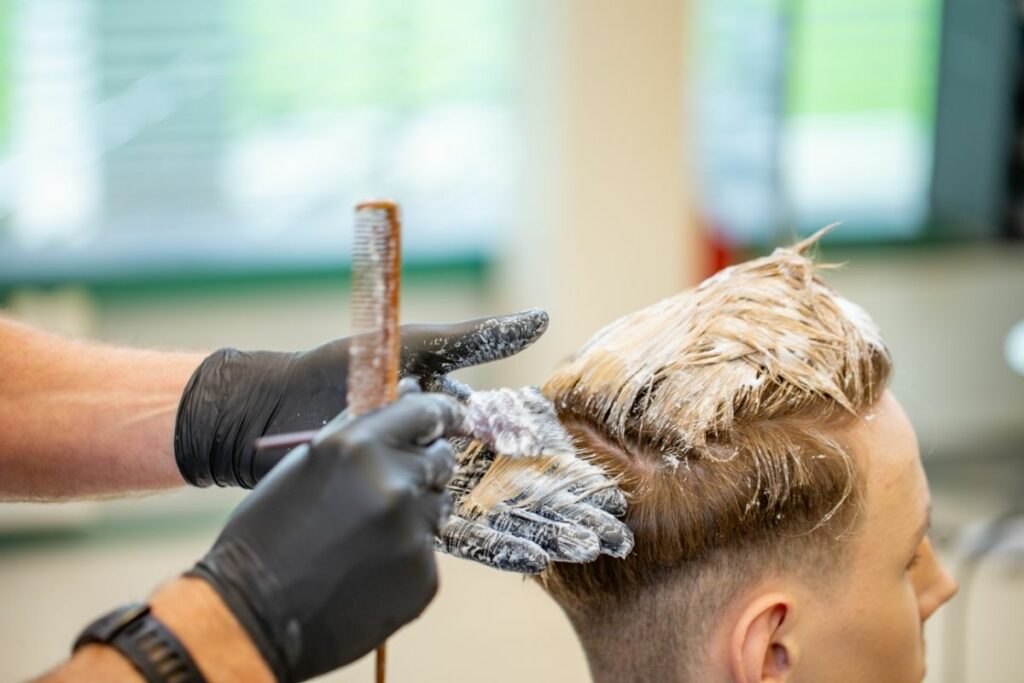
Once that has been reached, the oxidation begins to happen. This dissolves the pigment within the hair shaft, and in doing so it makes it lighter.
Finding The Correct Shade On Natural Hair
Finding the correct shade of blonde is so much easier if you have never dyed your hair before. This means that you will get reliable results because all of your hair is the same color – and natural.
This also means you are less likely to need a color correction after the initial bleaching process, and reduces the risk of being surprised when the hair color is not what you expected.
If you have already dyed your hair, there is a chance that you could further damage the hair cuticles. Because of this, you cannot go by the color results on the box, so do expect that it could be different.
To find the correct blonde shade for you, then you will need to pinpoint the type of skin you have via the color of your veins. If they are green and blue, then it is a warmer color and it is best to stick with a warm colored blonde.
If your veins are blue and purple, then you can go for a blonde that has a cooler tone. So think more platinum and ash colored.
If you see veins that are both green and purple, or perhaps it is difficult to tell what color they are, then you have a neutral skin tone. This means you can go with whatever blonde color you like!
Preparing The Bleaching Process
Before you can bleach your hair, you will want to condition your hair like crazy. Make a habit of keeping the conditioner on for a while before rinsing it out, and do this for a few weeks before the day arrives for bleaching.
Quick tip – remember to rinse with cold water to close the shaft of the hair. This will help you to avoid any damage.
Test The Bleach
Around two days before you bleach your hair, always do a patch test. This is so you know how long to leave the bleach on to achieve the desired result, as well as make sure you have no allergic reactions.
Bleaching Your Own Hair
Now that you know all about the bleach itself, let us take a look at how to bleach the hair safely and correctly.
Protect Yourself
Before you start, always protect yourself and surfaces. This means wearing gloves and using an old towel around the shoulders. Bleach does stain quite dramatically, so it is always worth wearing old clothes too.
Mixing the Bleach Safely
To understand how to mix the bleach, always follow the mixing instructions on the box. You may need a bowl and a hair dye brush, but the box will say whether it is included or not. However, do make sure that everything is plastic, and never inhale the bleach powder.
Applying The Bleach
It can be difficult to get the technique just right when bleaching the tips of short hair, so it may be best to get somebody else to help.
Combing The Bleach Through Hair
The easiest way to achieve a gradual look instead of contrasting streaks is to comb the bleach through the tips. This is a really good way to introduce light hair to make it look more natural.
Dip a brush or comb into the bleach, and figure out where you want the highlights to begin. Due to it being gradual, you will want to start closer to the root.
Pull the comb through the strands and keep going.
Toning The Hair
If you notice that your hair has a more yellow or orange tone, a toner can sort out the color. Something like a purple-based shampoo will do the trick of canceling out the unwanted tones.
How To Look After Bleached Hair
Once you bleach your hair, you might notice that it is much dryer. Because of this you will want to deeply condition your hair most weeks, as well as add a purple shampoo every so often.
Final Words
Frosted tips are easy enough to do at home, and are a great look, especially when done as a gradual effect. If you are concerned about doing it yourself and are worried it will not go to plan, then book an appointment with your hairdresser.
- How To Trim A Beard With Scissors - February 28, 2022
- How To Make Your Beard Soft - February 28, 2022
- How To Bleach Tips Of Guys Hair - February 28, 2022

